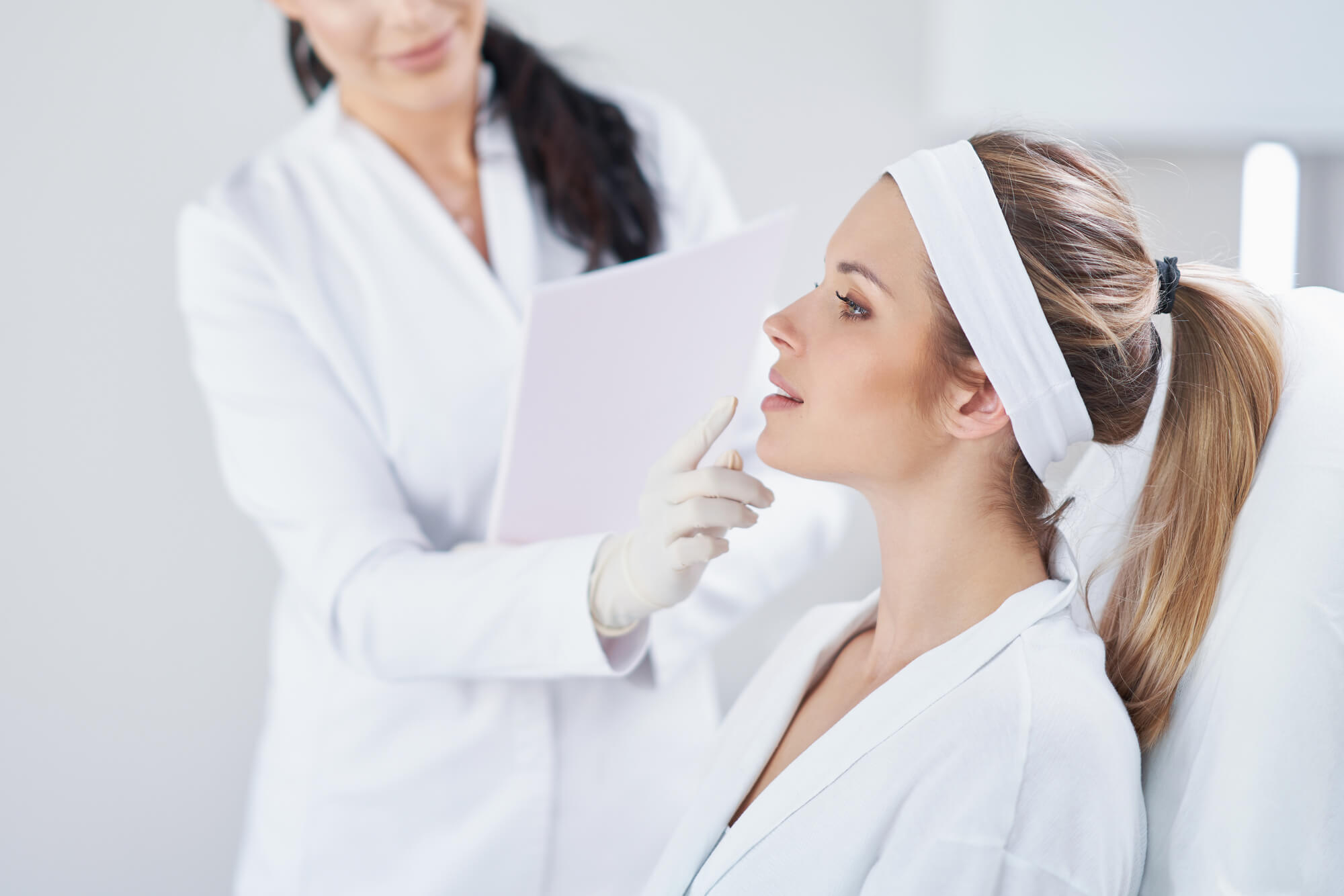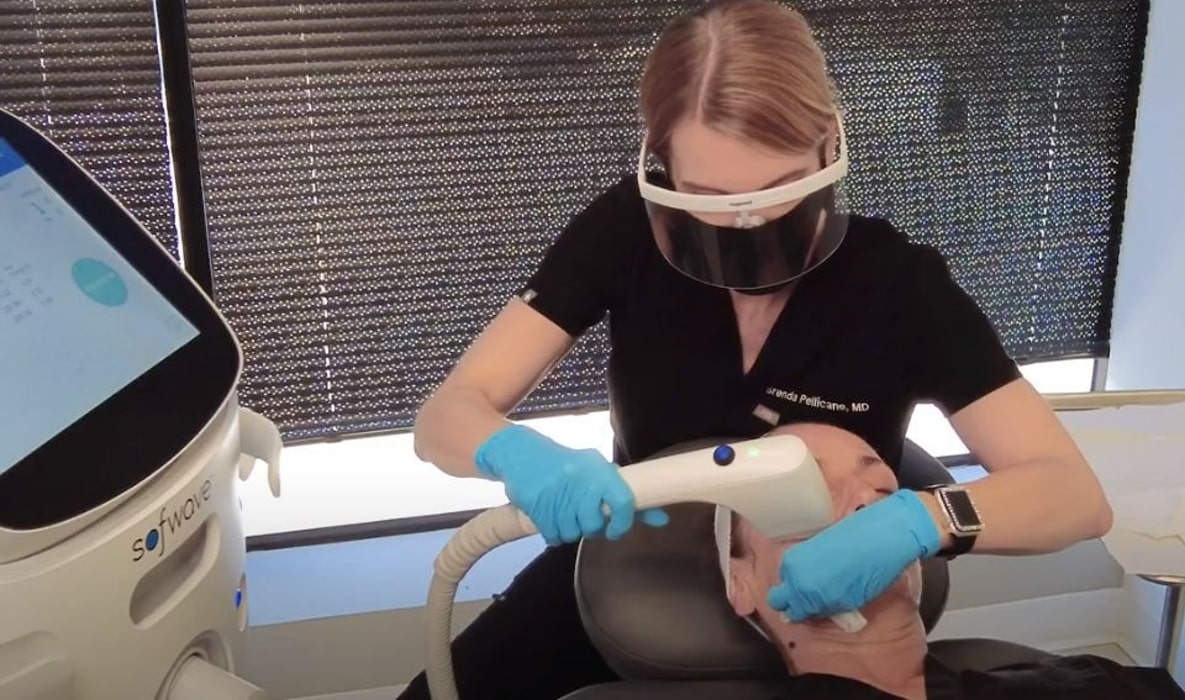
Do you want to be a practitioner in the medical aesthetics field?
Now is the time to join the fast-growing, multibillion-dollar medical aesthetics business, as the availability of new and exciting aesthetic medical equipment worldwide has led to an increase in demand for medical aesthetic treatments in recent years. Internet searches make these treatments easy for potential clients to find your practice.
According to Grand View Research, the global aesthetic medicine market size was valued at $63.5 billion in 2021, and this size is expected to expand at a compound annual growth rate (CAGR) of 9.6% from 2022 to 2030.
The development of high-tech aesthetic medical equipment makes cosmetic treatments more effective and safe than earlier treatments – putting physicians, aestheticians, cosmetologists, and other skincare professionals in high demand.
What are aesthetic medical procedures?
According to the American Academy of Aesthetic Medicine, aesthetic medicine includes medical procedures intended to improve a patient’s physical appearance, using non-invasive methods and minimally invasive cosmetic procedures that avoid surgery and pain.2
Some aesthetic medical procedures are performed under local anesthesia, while some procedures do not require anesthesia at all. Grand View Research states that the non-invasive procedures segment dominated the market in 2021 with a share of over 50%.
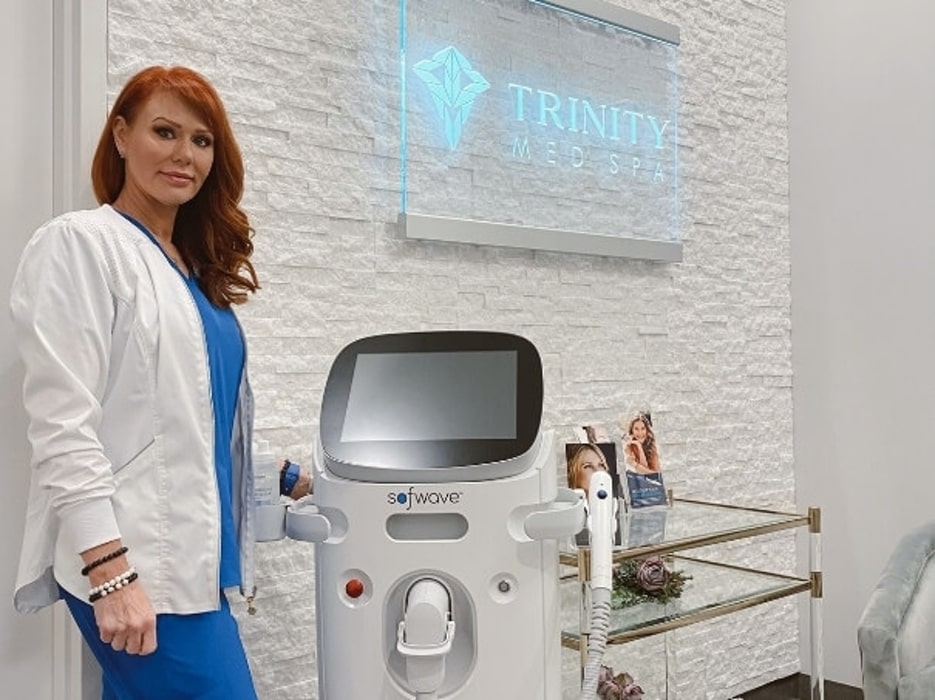
What treatments does this aesthetics field cover?
Aesthetic procedures include a wide variety of cosmetic and beauty treatments, such as the following examples:
- Dermal injections
- Chemical peels
- Microdermabrasion
- Hair transplants
- Laser hair removal
- Cellulite reduction
- Fat reduction
- Laser and intense pulsed light (IPL) treatments
- Scar and skin damage management
- Skin resurfacing
- Wrinkle reduction
- Tattoo removal
- Follicular unit extraction
- Scalp and body treatments
What are the key factors driving the medical aesthetics market?
In the aesthetics industry, recent innovations in aesthetic medical equipment have been key factors driving the booming growth of the medical aesthetics market over the past several decades, covering all aspects of the body. These technically advanced devices include non-invasive procedures that support anti-aging and wrinkle reduction, using controlled cooling systems to protect the skin from damage during medical procedures.
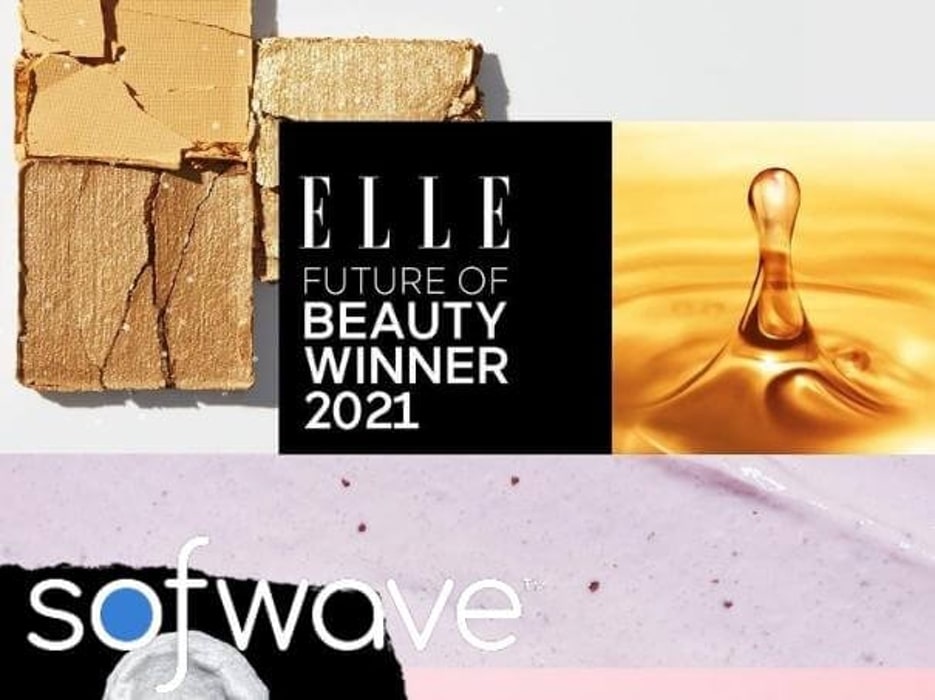
What is aesthetic medical equipment?
Across the world, the medical aesthetics industry is developing a wide range of various technologies, devices, processes, and systems, such as cosmetic lasers, infrared light, radiofrequency (RF) energy, and ultrasound technology. Cosmetic lasers are found in medical and beauty spas for dermatological purposes to help patients resolve various cosmetic issues involving wrinkle reduction, skin resurfacing, cellulite reduction, pigmentation, hair removal, unwanted veins, skin conditions, fat reduction, body contouring, and more.
What kind of training is involved with aesthetic medical equipment?
In the past, dermatologists and plastic surgeons often went through years of training to properly use specialized aesthetic equipment and processes with confidence, such as cosmetic lasers, to provide safe and effective treatments for the body. In many areas, licensed aestheticians are also allowed to perform non-ablative procedures, such as laser hair removal, after receiving the recommended training on the appropriate aesthetic medical equipment.
Today, due to this fast-growing field and its recent innovations, training on aesthetic medical equipment has become convenient and efficient, often involving only a comprehensive 15-day course that includes classroom instruction and hands-on training – ensuring that each practitioner has sufficient training and support to provide safe procedures for patients.
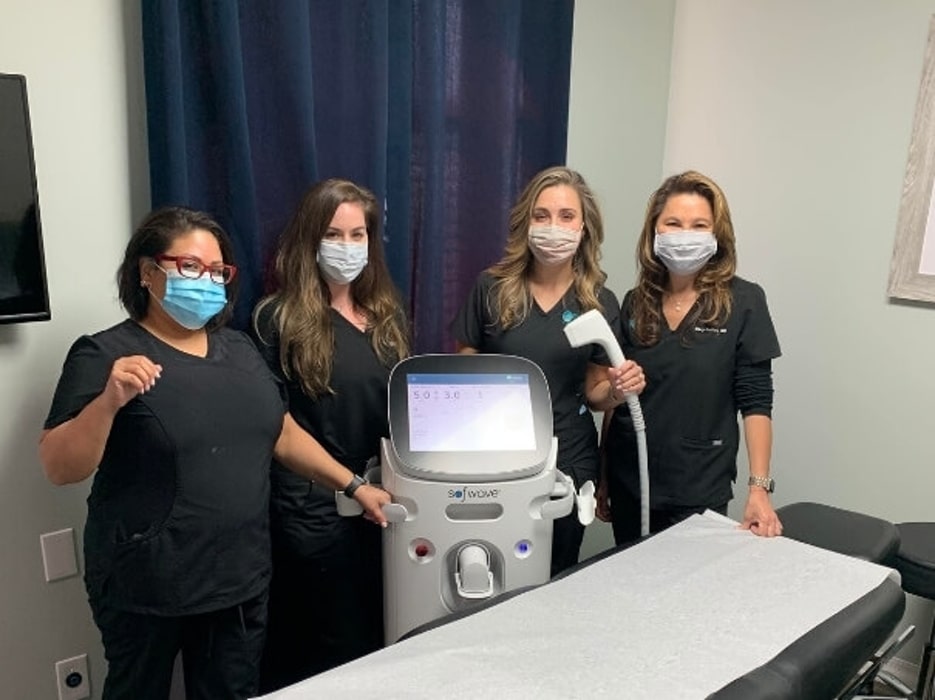
What is Sofwave™ offering in this fast-growing field?
Sofwave™ brand has developed a breakthrough ultrasound technology revolutionizing medical aesthetic procedures. The non-invasive Sofwave™ Synchronous Ultrasound Parallel Beam (SUPERB™) technology is ideal for reducing fine lines and wrinkles, lifting brows; lifting lax skin of the submental (beneath the chin) and neck tissues.
How does Sofwave™ technology protect the skin during cosmetic procedures?
The Sofwave™ ultrasound treatment creates a controlled, elongated, and directional thermal coagulation at a depth of 1.5 mm in the mid-dermis – achieving beneficial effects with minimal penetration while ensuring no damage to the epidermis or underlying nerves, bones, blood vessels, or face and neck tissue. The ultrasound energy is absorbed and cannot penetrate deeper than 2 mm, thus preventing injuries at the treatment site.
During the Sofwave™ ultrasound treatment, the SUPERB™ system’s Sofcool™ cooling mechanism provides real-time skin temperature monitoring. It protects the uppermost skin layer from burning – thus with the proper treatment and easy learning curve, this can be used on all skin types without developing complications.
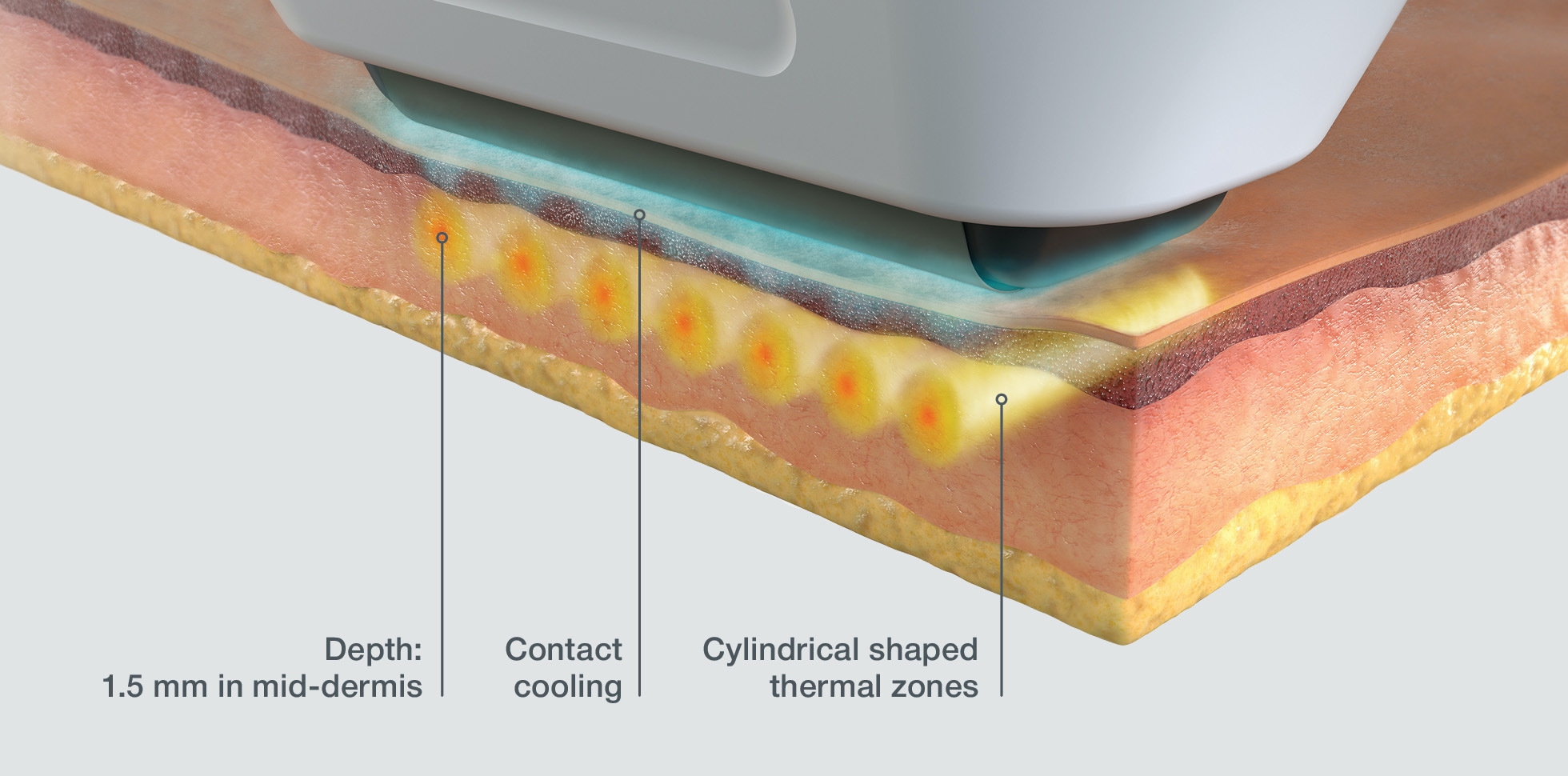
Are Sofwave™ ultrasound treatments appropriate for all skin types?
The Sofwave™ SUPERB™ ultrasound treatment is ideal for all skin types, as ultrasound absorption is determined by tissue’s microscopic and bulk mechanical properties and is independent of skin color or pigmentation. Cosmetic surgeons recommend this procedure for patients who are not ready for invasive surgical options.
This procedure is also ideal for patients who desire to undergo a simple procedure with minimal discomfort, and who want to see visible results within two weeks.
What are the advantages of Sofwave™ over other methods?
SUPERB™ technology requires no needles, no incisions, and no general anesthesia to restore your skin to a more youthful appearance. The treatment is completely non-invasive – with no risk of scars from surgical incisions at the treatment site.
Sofwave™ SUPERB™ ultrasound treatments are designed to achieve an ideal outcome though usually just one single procedure that lasts 30–45 minutes. Facial plastic surgeons are now recommending these safe and innovative Sofwave™ treatments for patients who prefer non-surgical procedures.
Has this technology been reviewed by the U.S. Food and Drug Administration (FDA)?
Sofwave™ SUPERB™ technology has been FDA cleared for reducing facial lines and wrinkles, lifting the eyebrow, and lifting lax skin of the submental and neck tissues.
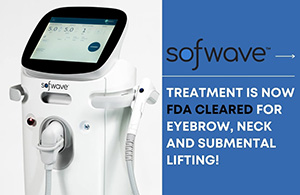
How long have Sofwave™ ultrasound treatments been available?
Sofwave™ unveiled its next-generation ultrasound technology in 2020 for treating wrinkles and lax skin. These state-of-the-art treatments quickly proved popular across the globe for patients to achieve cosmetic improvements without the risk of surgery or other invasive cosmetic procedures.
Sofwave™ technology has become the frontrunner of cosmetic procedures for many physicians, as this ultrasound energy precisely passes through the skin’s surface to stimulate collagen and elastin fibers, and to ultimately improve facial and neck appearances so that patients consistently achieve their desired results.
What are the advantages of having Sofwave™ aesthetic medical equipment?
Sofwave™ SUPERB™ technology represents a strong business opportunity and provides the ability to treat patients with confidence. The Sofwave™ device is easy to operate for the user and delivers consistent results. Sofwave™ ultrasound technology delivers a fast and convenient treatment for patients because there are multiple transducers simultaneously delivering energy over a large area.
A full-face procedure takes approximately 30–45 minutes to complete, making it a quick and convenient procedure for patients to schedule. With best-in-class Sofwave™ technology, patients are also assured of experiencing very minimal downtime after a procedure. In addition, Sofwave™ clinical trials have shown high positive patient responses and success. Visual proof can be found in “before & after” photos provided on the Sofwave™ website.
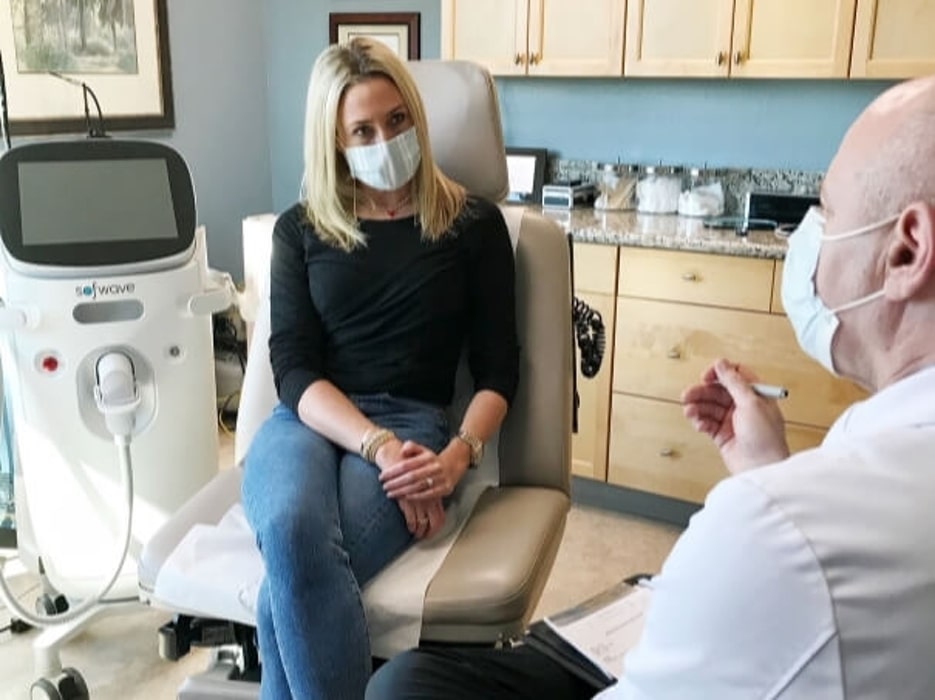
How can you set up an aesthetic clinic?
Before you decide to open an aesthetic practice, you should first decide what your specialties will be, do a search on how you will need to be equipped for these procedures, and what your ability is to meet the requirements. Some practices, for example, only provide procedures for laser hair removal, offering clients affordable prices to remove unwanted hair.
The International Association for Physicians in Aesthetic Medicine (IAPAM) was founded to help physicians add quality non-insurance medical procedures to their practice in a profitable manner. This organization has many tips and helpful websites for physicians who want to add aesthetic devices to their practice. On the organization’s website, you can learn how IAPAM can advise you on how to start an aesthetic clinic, get the appropriate training, and then get the message out to prospective clients that you are open for business.
How can ultrasound and laser treatments benefit your practice?
Aesthetic laser and ultrasound treatments can be used to treat a multitude of cosmetic concerns, providing patients with positive results that require little or no downtime. Laser devices produce a controlled injury to the skin that causes just the right amount of damage to promote new cell growth.
Ablative lasers are more invasive than non-ablative lasers, as ablative lasers actually remove outer skin layers, while non-ablative lasers are minimally invasive because they heat deeper layers of skin to promote collagen production without altering the skin’s surface. Ablative lasers affect only the top layers of the skin and allow for the healing of superficial problems due to sun damage or chronological aging. Non-ablative lasers are more appropriate for minimizing fine lines and wrinkles and improving skin tone and texture.
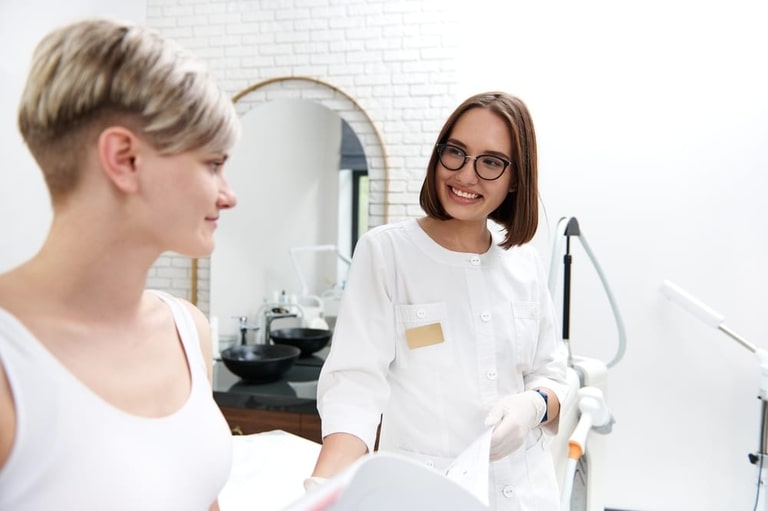
How do ablative and non-ablative lasers work?
Ablative lasers are more invasive and vaporize the outer layers of the skin, causing the skin to heal and restructure – thus increasing collagen production. These devices are effective for treating visible signs of aging, acne scarring, pigmentation irregularities and unwanted lesions. While recovery time can be a week to two weeks after the procedure, results can last up to five years.
As a less-invasive alternative to ablative laser treatments, non-ablative lasers heat up the targeted tissue without actually destroying it to stimulate collagen production in order to fill in unwanted skin imperfections such as fine lines or wrinkles. Non-ablative laser devices and treatments may require multiple sessions, but the patients will experience little to no downtime.
What are the two most common types of laser technologies used for aesthetic treatments?
For aesthetic treatments, the two most common types of laser technologies are:
- ablative carbon dioxide (CO2) lasers, which are effective in removing scars, wrinkles, and warts
- non-ablative erbium lasers, which can remove fine lines and wrinkles. Erbium lasers typically cause fewer side effects than CO2 lasers.
How does a CO2 laser work?
CO2 lasers resurface the skin with targeted beams of light. Electricity runs through a gas-filled tube to produce a specific wavelength of light that is emitted in short, concentrated beams, targeting water molecules and vaporizing skin cells. This technology penetrates the skin’s deeper dermis layer to stimulate new collagen production, which firms and smooths skin over time.
How does an erbium laser work?
Erbium lasers emit light that is absorbed by water as the light hits the skin. The tissue that contains water is vaporized. The excess heat in the area that is generated by the laser stimulates collagen production, which helps to tighten skin. This laser is used to damage the skin to stimulate it just enough to promote healing. Shallow scars and wrinkles may be completely erased after just one treatment, while deeper wrinkles may require additional treatments.
How is radio frequency used to tighten skin?
Radiofrequency therapy, also called radiofrequency skin tightening, is a nonsurgical method of tightening skin. RF therapy involves using energy waves to heat the deep layer of skin known as the dermis layer. This heat stimulates the production of collagen, rejuvenating the skin.
Regarding equipment, what should you consider when setting up your aesthetics practice?
Selecting the right spa equipment for aesthetic treatments is essential when setting up your aesthetics practice. Identify various vendors, and then decide on your preferred vendors based on factors such as cost of the equipment and spares, vendor-provided training, credibility of the company, after-sale services and annual maintenance, and system performance, as well as warranties.
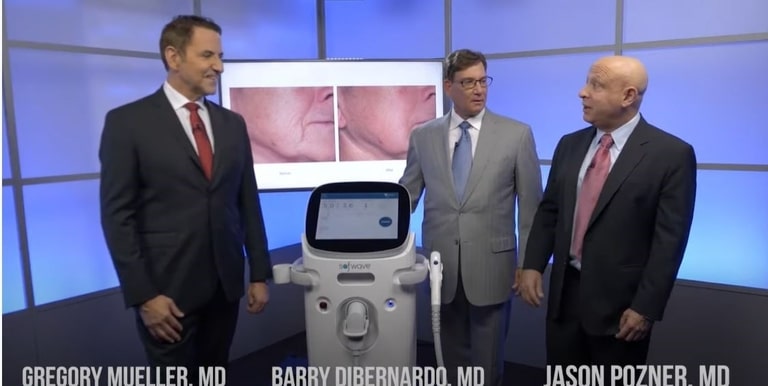
How do you set up your aesthetic practice?
IAPAM offers advice, training, and support on how to successfully set up a new aesthetics practice – covering everything from selecting the proper equipment and staff, to patient retention and assessments, to marketing and pricing. The organization also offers a helpful list of resources that includes key information regarding product manufacturers, supplement providers, brands, devices, aesthetic medical equipment or spa equipment, certifications, practice management, how to steer clients to your website, marketing strategies and materials, financing, new technologies, the latest trends, helpful websites and search options, and much more.
How can Sofwave™ benefit your aesthetics practice?
With Sofwave™ aesthetic medical equipment, you will receive consistent results for your customers. This next-generation technology has a simple intuitive treatment protocol with a short learning curve. Your customers will value the fact that Sofwave™ treatments involve minimal downtime after the procedure, and that there is no post-treatment care.
Additionally, Sofwave™ equipment is easy to operate, and, therefore, the procedures can be delegated to staff. Sofwave™ technology has a very favorable safety profile, as well, with no epidermal damage or injury to nerves, bones, vessels, and fat tissue. Treatment sessions take up less than an hour of time, making these procedures very convenient for your customers.
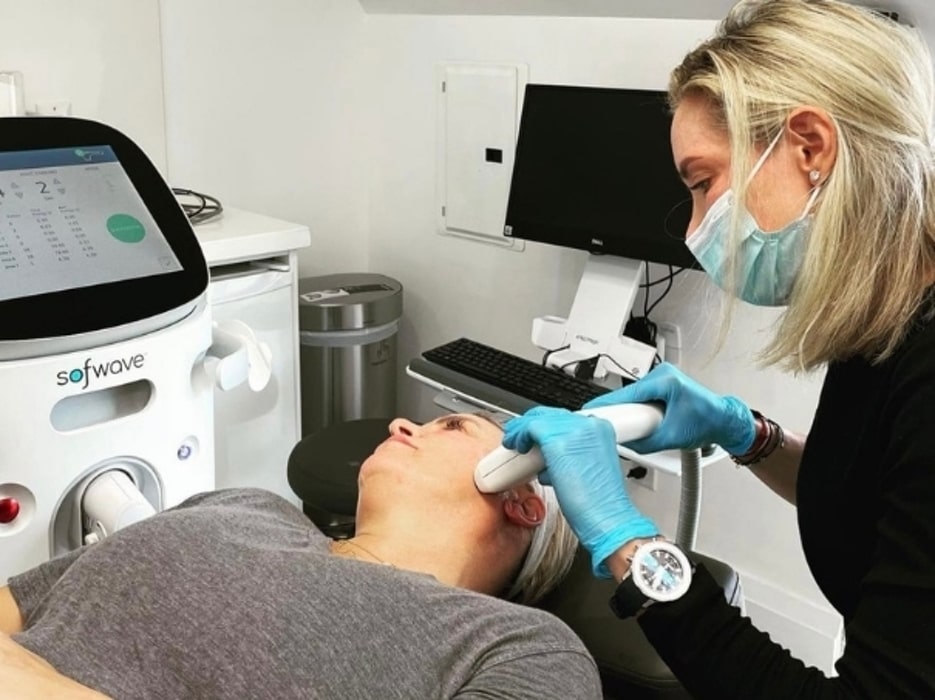
Why should you consider Sofwave™ technology?
Sofwave™ uses safe, non-invasive ultrasound technology. Ultrasound energy precisely passes through the skin’s surface, heating the mid-dermal tissue at just the right depth and temperature to rejuvenate collagen and elastin fibers. This precision means that your patients will be able to get right back to their normal activities after their Sofwave™ treatment.
Are Sofwave™ treatments safe for all skin types?
Sofwave™ ultrasound technology is indeed safe for all skin types – unlike with light-based therapies, where darker skin types are more susceptible to burns. However, with Sofwave™ SUPERB™ technology, treatments are safe and effective regardless of the patient’s skin type.
Sofwave™ technology is also FDA cleared to improve facial lines and wrinkles, and to lift the eyebrow and lax skin of the submental and neck tissues – providing physicians with an effective and safe aesthetic solution for their patients.
How does Sofwave™ technology benefit the practitioner?
Sofwave™ technology offers a quality procedure, a fast return on investment (ROI), no consumables, low cost of ownership, and a high rate of success. Sofwave™ works closely with practitioners to ensure that they have the proper equipment setup and clinical training, and will also provide ongoing support to their aesthetic practices, which are located all around the world.
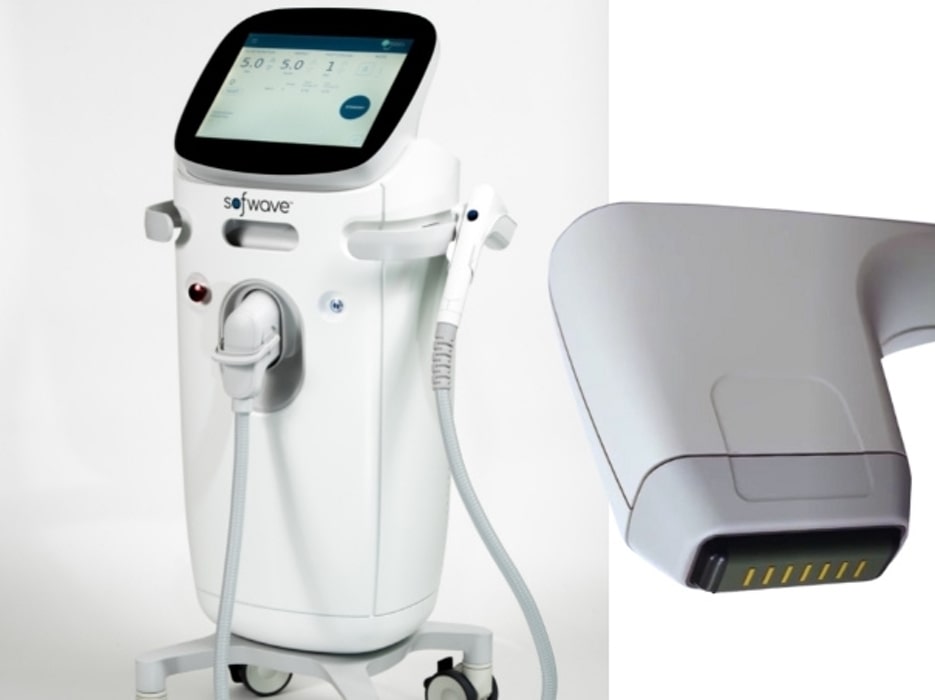
References:
- “Aesthetic Medicine Market Size, Share and Trends Analysis Report By Procedure Type (Invasive Procedures, Non-Invasive Procedures), By Region (North America, Europe, APAC, LATAM, MEA), and Segment Forecasts, 2022–2030”, Grand View Research, January 2022
- “Aesthetic Medicine”, American Academy of Aesthetic Medicine
- “Aesthetic Medicine Market Size, Share and Trends Analysis Report By Procedure Type (Invasive Procedures, Non-Invasive Procedures), By Region (North America, Europe, APAC, LATAM, MEA), and Segment Forecasts, 2022–2030”, Grand View Research, January 2022
- International Association for Physicians in Aesthetic Medicine (IAPAM)
- “Ablative Lasers vs. Non-Ablative Lasers: Which is Best?”, Westlake Dermatology & Cosmetic Surgery
- “What’s the Difference Between Ablative and Non-Ablative Laser Resurfacing?”, Straith Clinic
- Medical News Today
- “CO2 Laser: What You Need to Know”, Kali Swenson, realself.com
- “How does the Erbium Laser Skin Resurfacing Work?”, The Naderi Center
- “What is Radiofrequency Skin Tightening?”, healthline.com
- “Essential Requirements to Setting up an Aesthetic Practice”, Mukta Sachdev and Gillian R Britto
- “Starting A Profitable Aesthetic Medical Practice”, IAPAM



